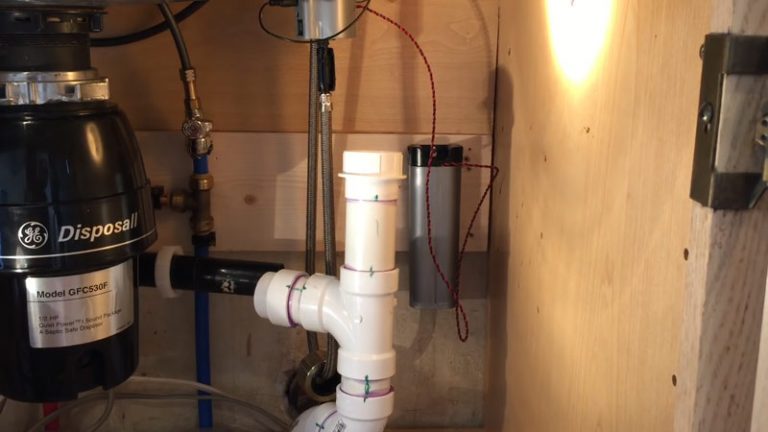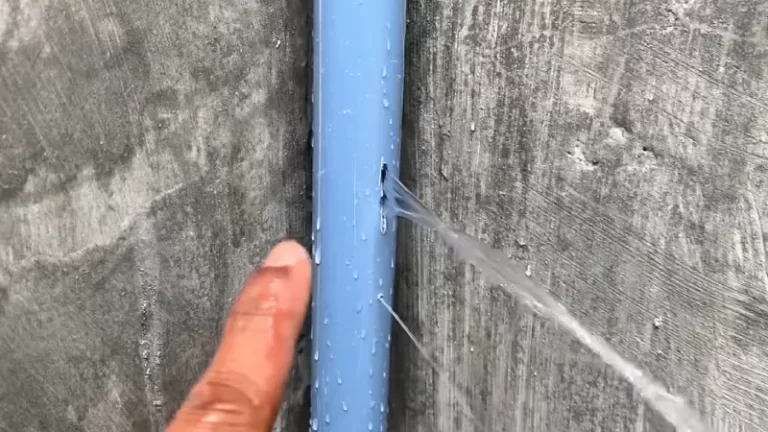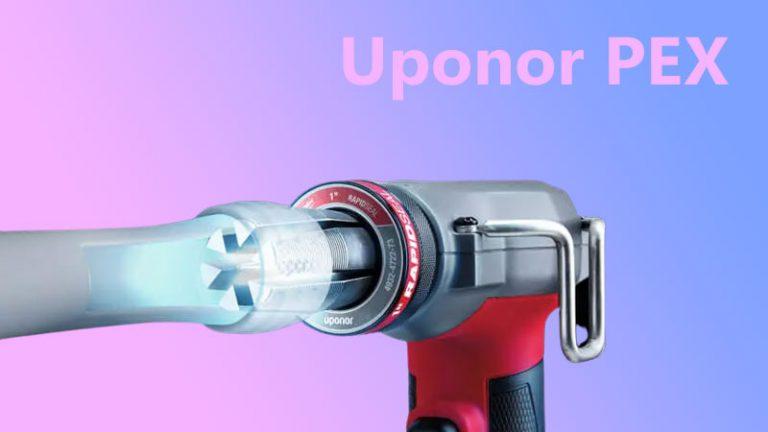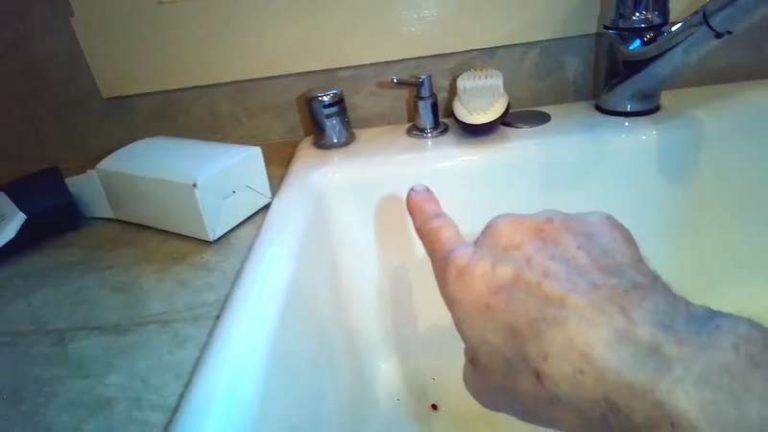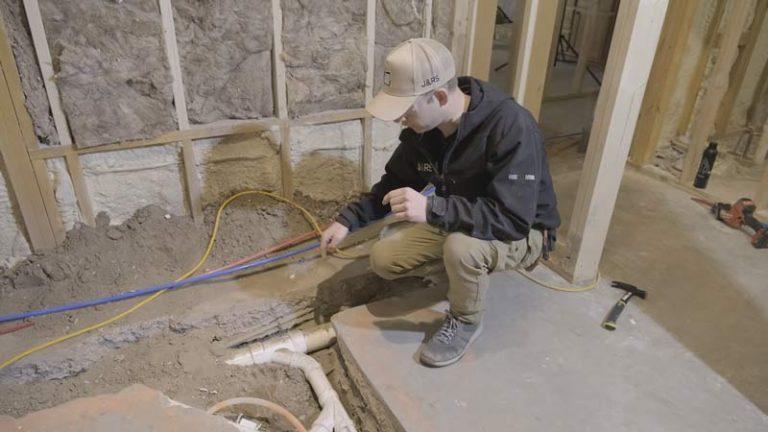Can Shower And Toilet Share Vent
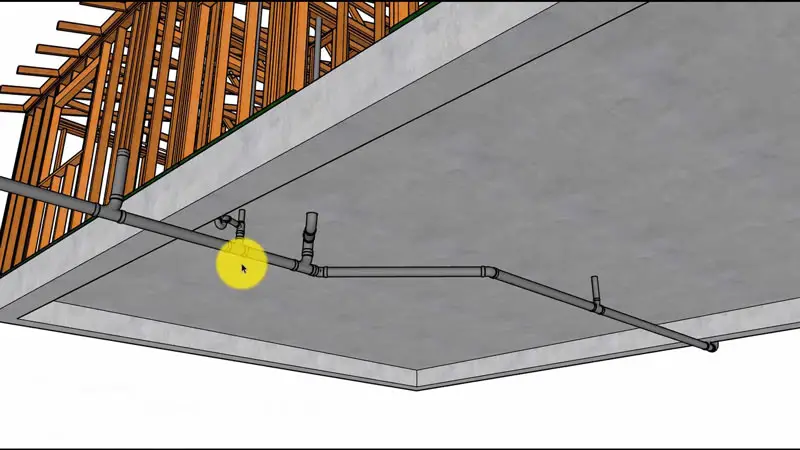
Make sure the last fixture you connect to your wet venting system is the toilet. All other fixtures must be vented properly before connecting them to your wet venting system.
If one of your fixtures doesn’t have a built-in Wet Vent, install one as necessary and make sure it’s connected properly to the rest of your dampening system. It’s important that all plumbing connections are made correctly and that any water leaks are fixed immediately.
You'll Learn About
Can Shower And Toilet Share Vent?
If you have multiple fixtures that need to be vented, make sure the last fixture connected is a toilet. Make sure all other fixtures are properly ventilated before connecting them to your sewer line so unwanted odors and fumes don’t accumulate in the home.
Properly connect all plumbing lines to their corresponding vents before turning on any water or gas appliances. This will help prevent potential flooding or fire hazards in your home. Always follow the manufacturer’s instructions when installing plumbing devices.
Otherwise, you may experience leaks and damage to your property.
Wet Venting Multiple Fixtures
With the recent trend of installing more and more energy-efficient fixtures, it has become increasingly common to find multiple fixtures sharing a single wet vent.
There are many reasons why this might be necessary: for example, if one fixture requires a higher level of water pressure than another does. In order to avoid any potential problems with moisture build-up in the wall or ceiling, it is important to choose a fixture that can share a wet vent fairly easily.
It’s also worth noting that some brands of shower and toilet combinations come with their own built-in wet vents – so you won’t have to worry about this at all. Finally, make sure you read your product’s manual before installation in order to understand how each individual unit functions best when Wet Venting Multiple Fixtures.
Toilet Must Be The Last Fixture Connected
A toilet must be the last fixture connected to ensure proper drainage and Venting. Make sure your shower drains properly by connecting it to the same vent as your toilet.
If you have a water heater or furnace in close proximity, consult an expert for advice on ensuring safe Venting during renovation work or a new installation. Follow all local building codes when making renovations- even if they seem petty at first glance.
By following these simple tips, you can avoid costly plumbing repairs down the road
Make Sure All Other fixtures Are vented Properly
Make sure all other fixtures are vented properly before connecting the shower and toilet to the same vent. Doing this can help prevent moisture build-up in your home and may improve your overall indoor air quality.
It is also important to note that you should never put a wet towel or bathing suit on the floor next to a bathroom vent, as this will create an unhealthy environment for pests and bacteria. Always read the manufacturer’s instructions when installing any vents.
They may vary depending on the type of fixture being installed. Always call a professional if you have any questions or concerns about ventilation in your home.
Can a shower sink and toilet share a vent?
Venting your shower and toilet is important to keep both areas of your kitchen clean. You’ll need to find a vent that’s large enough for the discharge from both fixtures, as well as one that faces downward so water doesn’t accumulate on top of the drain.
One vent can accommodate multiple plumbing fixtures- so long as they’re all facing down into the same opening. Keep your kitchen and bathrooms tidy by keeping drains clear and vents free of obstructions. This will help prevent flooding in wet weather conditions too.
Can a toilet and shower share the same drain?
Yes, a toilet and shower can share the same drain. Just be sure to use the correct size connector for your plumbing system.
Showers and Toilets Can Use Same Drain
If your drains lead to the main sewer line or a septic tank, you should consider relocating them. Other factors that can also be considered include if your drives are located near a water source (such as a river or lake), heavy rainfalls, or large snowflakes.
Waste Trap Arm Should Not Be Shared
The waste trap arm is designed for collecting wastewater from both showers and toilets in the same bathroom area. If this arm is shared between the two systems, it can become clogged with sewage which could result in flooding and other problems down the road.
Drains Lead to Main Sewer Line
If your drain leads directly to either the main sewer line or a septic tank, you should make sure to relocate it asap. This situation could cause major damage if not fixed quickly enough.
Can you use one vent for the whole bathroom?
One of the best ways to save energy in your home is by using one vent for the whole bathroom. By doing this, you can reduce the amount of air that needs to be heated and cooled. This will also help conserve energy and money.
- In order to use one vent for the whole bathroom, it is important that all plumbing fixtures connect to the main drain line on the floor within 6-10 linear feet of the sink.
- The vent pipe should be located behind the bathroom sink and exit into the outside wall.
- All other plumbing lines must lead away from the bathroom without intersecting with Vent Line
- Verify that all other piping fixtures are connected properly and follow a straight path away from your bathroom when routing them through walls or floors
How do you vent a bathtub and toilet?
If you’re noticing smoke or smells coming from your bathroom, there may be a problem with the ventilation system. This system uses fans and vents to move air around the room, which can help prevent fires from starting.
To vent a bathtub or toilet, first, turn off the water supply by turning off the faucet near it. Then open all of the bathroom doors and windows as wide as possible. Finally, use a garden hose to spray water onto the floor and into any cracks in the ceiling, then close all of the doors and windows again.
Choose the Right Size Vent
The size of your vent will depend on the size of your bathtub and toilet. A small vent may not be able to handle the pressure created when you are using the bathroom, while a large vent may be too big for your tub or toilet. It is important to choose a size that is compatible with your bathroom fixtures.
Seal Leaks with Silicone caulk or Pipe Tape
If there are any leaks in your system, you can use silicone caulk or pipe tape to fix them up. Both products work well at sealing up unsightly leaks and preventing water damage from happening in the future.
Locate and Route the Vent Properly
When installing a new ventilation system, it is important to make sure that you locate and route it properly so that air flows smoothly through it without obstruction. Make sure you have enough room around all sides of the valve area so that you can move easily.
Can 2 fixtures share a vent?
If you have 2 fixtures that need to be vented, each one will require its own vent. No more than 2 fixtures can be connected to the wet vent system at any given time.
Each fixture drain must connect independently and without obstruction for proper drainage of water and debris from your appliances. Vent systems are designed specifically for use with multiple appliances. Therefore, only two devices may share a vent at a time.
It is important to choose an appropriate vent system for your needs- one that can accommodate multiple fixtures securely and efficiently
Can two bathrooms share the same vent?
Two bathrooms can share a vent by installing a second one nearby the fan. Seal off the unused vent with cement or plaster to avoid moisture and mold buildup.
Have one fan serve two bathrooms by installing an appropriate exhaust system near it
Can you wet vent a toilet with a tub?
Yes, you can wet vent a toilet with a tub. This is done by using the shower spray head to direct water onto the drain opening of the toilet. This way, air, and moisture cannot escape from the system and it will function as intended.
In most cases, it is not possible to wet vent a toilet with a tub. The two appliances are connected to the same drain and so water would flow into the sink as well. Toilet and shower wastewater can be vented through a wet vent when these appliances are installed in an exterior location or when there is no other way to get rid of the wastewater.
A wet vent goes under your toilet and lets all of the wastewater from both your toilet and bathtub escape without coming in contact with any surface area other than flooring or walls. Making it perfect for use as a sewer connection point.
When you have fixtures like this installed, all of the wastewater from both toilets and showers just flows down into one basin below – meaning that there’s no need to spend extra time cleaning up after yourself.
Keep in mind that if you do choose to install a bathroom sink with an attached toilet, make sure that they are properly sized for each appliance so that everything works smoothly.
To Recap
A shower and toilet can share a vent, but it’s important to be careful about the moisture levels in each area. If the water level in the shower exceeds that of the toilet, bacteria will grow and cause problems. The vent helps regulate air pressure, allowing wastewater to flow smoothly. Proper installation and adherence to local building codes are essential to ensure functionality and safety.
If you’re working on plumbing projects, it’s worth exploring why your Moen faucet might be blinking for unrelated but useful tips. Additionally, understanding why your shower faucet is hissing when off can help you troubleshoot other plumbing issues. For more insights, check out why your downspout is vibrating in the wind.

